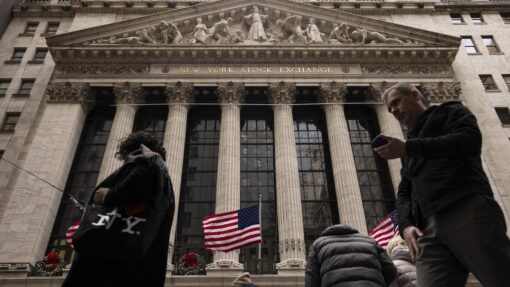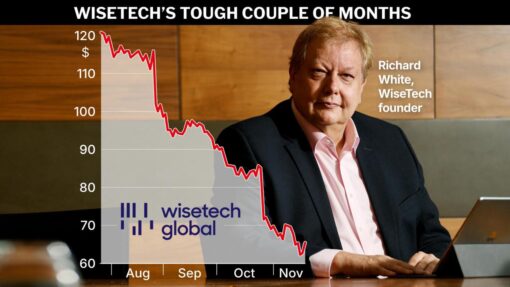Early Christmas for RBA with landmark inflation print
Jacob Shteyman |

Christmas has come early for data nerds.
In the coming week, the Australian Bureau of Statistics will unveil the first edition of its highly anticipated comprehensive monthly inflation report – at least long-awaited by the boffins at the Reserve Bank.
The new measure, to debut on Wednesday, will be the first time the consumer price index will track cost rises across the full breadth of the Australian economy.

It will provide the central bank with a more accurate and more timely picture of inflation as it makes decisions on the direction of interest rates.
While the Reserve Bank will be happy to get its hands on the new index, it might not like what it sees.
ANZ senior economist Adelaide Timbrell expects it to show inflation rose by 3.3 per cent on an annual basis in October, more than the Reserve Bank’s two to three per cent target band but less than the 3.5 per cent increase recorded in September.
The main drivers of the expected drop would be flat fuel prices, a sharp decrease in international holiday prices and little change in energy bills, offset by rental price rises re-accelerating, Ms Timbrell said.
The Reserve Bank board was unlikely to put much weight on the inflation result for October when considering interest rates at its December meeting, unless there was an “unambiguously material change”, she said.
A sharp rise in quarterly inflation figures cemented the board’s decision to keep rates on hold in November.
Central bank governor Michele Bullock has warned it will take a number of months for seasonal adjustments to bed in before the bank can fully transition away from the quarterly index.

“First of all, can I say, yay, ABS – very, very happy,” she said in July after the bureau said its complete monthly indicator was almost ready.
“It will bring us into line with most other advanced economies.”
The new index will replace the monthly CPI indicator, which was introduced in 2022 to provide an earlier read on inflation.
It only covered about two-thirds of the standard basket of goods and services each month and was not reliably used by the Reserve Bank to set interest rates.
Outside of inflation data, it will be a relatively quiet week domestically on the economic front.
On Wednesday, the statistics bureau will publish estimates of how much construction work was done in the September quarter, while updated business investment data is due out on Thursday.
Overseas, the Reserve Bank of New Zealand is expected to cut the cash rate to 2.25 per cent on Wednesday, while later that day, investors in the UK will be closely watching Chancellor Rachel Reeves’ second budget.

Both tax hikes and spending cuts are on the table as she tries to mend Britain’s parlous finances.
US stocks bounced on Friday on the hope of a December interest rate cut, but the three main indexes were down across the week as investors pulled back from previously buoyant tech companies.
The S&P 500 gained 64.23 points, or 0.98 per cent, to end at 6,603.65 points, while the tech-heavy Nasdaq Composite gained 195.03 points, or 0.88 per cent, to 22,273.08.
The Dow Jones Industrial Average closed 493.15 points higher, up 1.08 per cent at 46,245.41.
Australian share futures surged 92 points, or 1.09 per cent, to 8519.
Local markets tumbled to their fourth straight week of losses on Friday as concerns about stretched valuations met reduced chances of near-term interest rate cuts.
The benchmark S&P/ASX200 lost 136.2 points, down 1.59 per cent, to 8,416.5, as the broader All Ordinaries fell 147.7 points, or 1.67 per cent, to 8,686.3.
AAP


